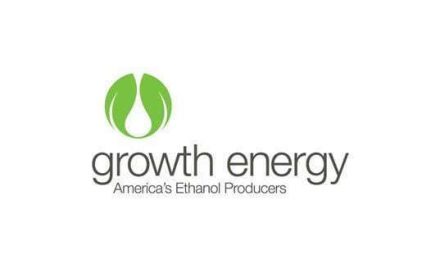The American Coalition for Ethanol (ACE) thanked the National Renewable Energy Lab (NREL) for its work in researching and publishing the E15 and Infrastructure technical report.
ACE Senior Vice President Ron Lamberty said “’Rumors of E15’s impossibility and high equipment cost have been greatly exaggerated.’ NREL’s analysis confirms what we have been telling station owners since E15 was approved – most underground storage tanks (USTs), piping, and other fueling equipment are already compatible with E15.”
Lamberty said the ethanol industry has been criticized and called “dangerous” and “dishonest’ for suggesting marketers could simply put E15 in tanks they previously used for premium or midgrade gasoline. “Even after highlighting real-world fuel marketers selling E15 from existing equipment, the myth of high priced E15 infrastructure remains,” said Lamberty. “This study effectively busts that myth.”
“In stations where Big Oil couldn’t contractually ban E15, they had to scare the owners out of offering the less-expensive, higher-octane fuel,” Lamberty explained. “As EPA nears its June 1st deadline for proposing new RFS blending targets, this NREL information, coupled with the number of vehicles built and warrantied for E15 growing beyond 50 million, should help them see Big Oil’s blend wall bogeyman isn’t real.”
NREL performed a review of existing literature, applicable codes and standards, equipment manufacturers’ products, and manufacturers’ statements of compatibility with ethanol blends, to compile the E15 and Infrastructure technical report. Among its key findings:
• “It is often stated that tanks cannot be used to store E15, but this assumption is incorrect as the majority of installed tanks can store blends above E10.”
• “For many decades, underground storage tank (UST) manufacturers certified their USTs for blends up to E100, for example, all steel tanks and underground fiberglass tanks since the year 1990.”
• “All existing pipe manufacturers have Underwriters Laboratories (UL) listing for E100.”
• “Manufacturers of pipe thread sealants (pipe dope) used in UST systems have stated that their products have been compatible with ethanol blends up to E20 for many years.”
• Contrary to concerns over corrosion and potential fuel releases from increased ethanol use, NREL found that EPA data shows releases decreased as ethanol use expanded nationwide. “The number of reported UST releases has been steadily declining since 2000 from occurring in about 2% of all USTs in the United States to about 1% in 2014.”
The study was funded by the Blend Your Own Ethanol campaign, a joint effort of ACE and RFA to provide information for fuel retailers considering ethanol blends beyond E10. A full copy of the report can be found here or at BYOethanol.com, and interested parties can also register on the BYO website for an NREL webinar on the report which will be offered June 11, 2015 and 1:00 PM CDT.









